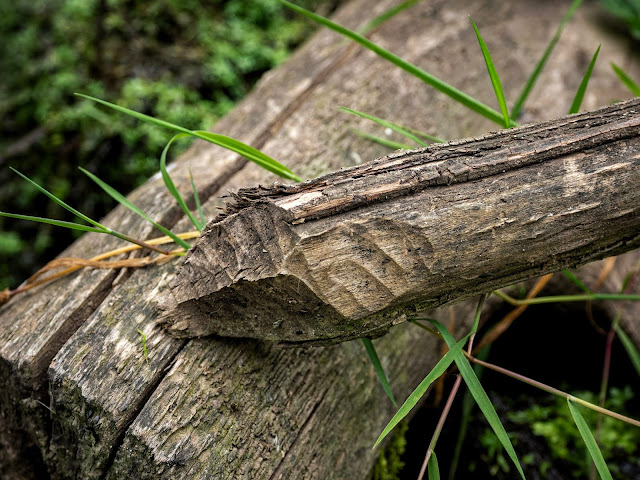
A return to exploring as it was, in the good old days. Or as close to it as you get in our modern jet-shrunk, digitally mapped, satellite photographed, tourist-travelled, economy-centric world. Harking back to a time where you really didn't know quite what to expect from your journey. When journey times were quoted to the nearest few days or weeks, rather than the nearest minute - and then complained about when not exactly right. When evacuation was a medical procedure, not a hope if anything went awry.
The sort of exploring in other words that I, along with many others I daresay, have dreamed of since childhood, but never had a realistic hope of engaging in. Do I have any greater hopes of doing so as a result of reading this book? Perhaps not.
I have admired Steve Backshall's approach to things for a while now. He is unusual in the arena of television presenters that he still engages in the getting your hands dirty side of exploration and adventure. He is also unusual in his combining both the knowledge and expertise of the natural world, and ability in the graft of getting to see it in its natural habitat - no matter how remote or inhospitable.
He also seeks to encourage a younger generation to do the same through his Deadly 60 programmes among others, and his involvement in the Scouts programme, something which I greatly benefited from as a youngster myself.
I am confident that if we are to make a significant difference in reducing the impact of the human race on the planet then we need to start getting young people more interested in it. Unless they are interested in it, they will not love it enough to give a damn about it. And when they start caring about it, they will pressure policy makers and corporations, governments and industry to start making the necessary changes, or rather stop turning a blind eye to the issues.
Slightly off tangent, but what this book did for me is remind me of some of the original excitement I had, and still have, albeit buried a little deeper these days, about the natural world as a source of excitement. A source, the best source of the unknown, the untried, the untested, the new, the ground breaking, the earth shattering, the fascinating and the mind blowing. It reminded me as I shadowed Steve on his adventures, that behind the book study, the degrees and the desk job as a conservationist, that my admiration for the natural world goes right back to the little boy who doesn't actually know for sure what is around the corner, over the hill, or under the water, but is pretty confident that it will be cool.
Mr Backshall has had an opportunity in the endeavours described in the book to live childhood dreams, not just his own, but those of many hundreds and thousands of others. But he has also reminded me, and hopefully the collective 'us' of his readers that we too can find fascination in the unknowns presented by the natural world. And hopefully, going one step beyond, this along with his other efforts will be a small piece in the puzzle of reminded us as a civilisation, that it is worth looking after and protecting.
And if that wasn't enough, its a gripping tale of adventure, friendship and danger. Definitely worth a read.
Richard






























